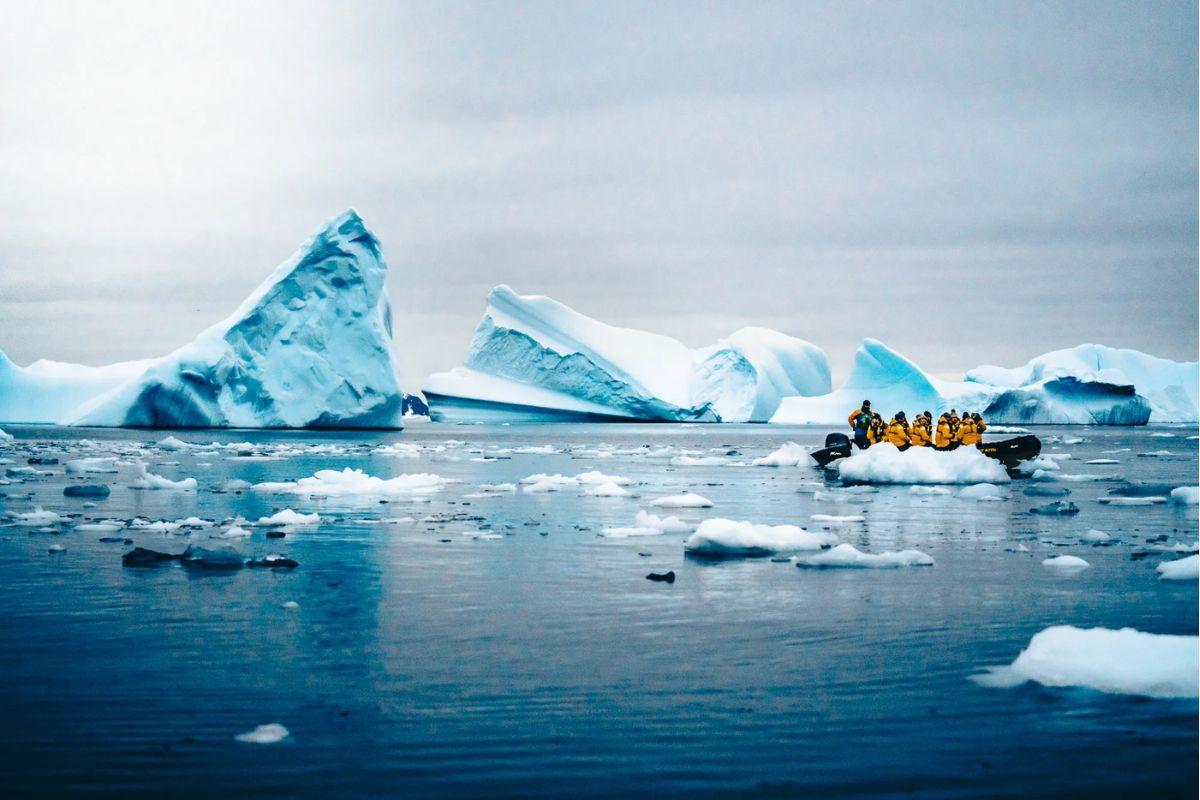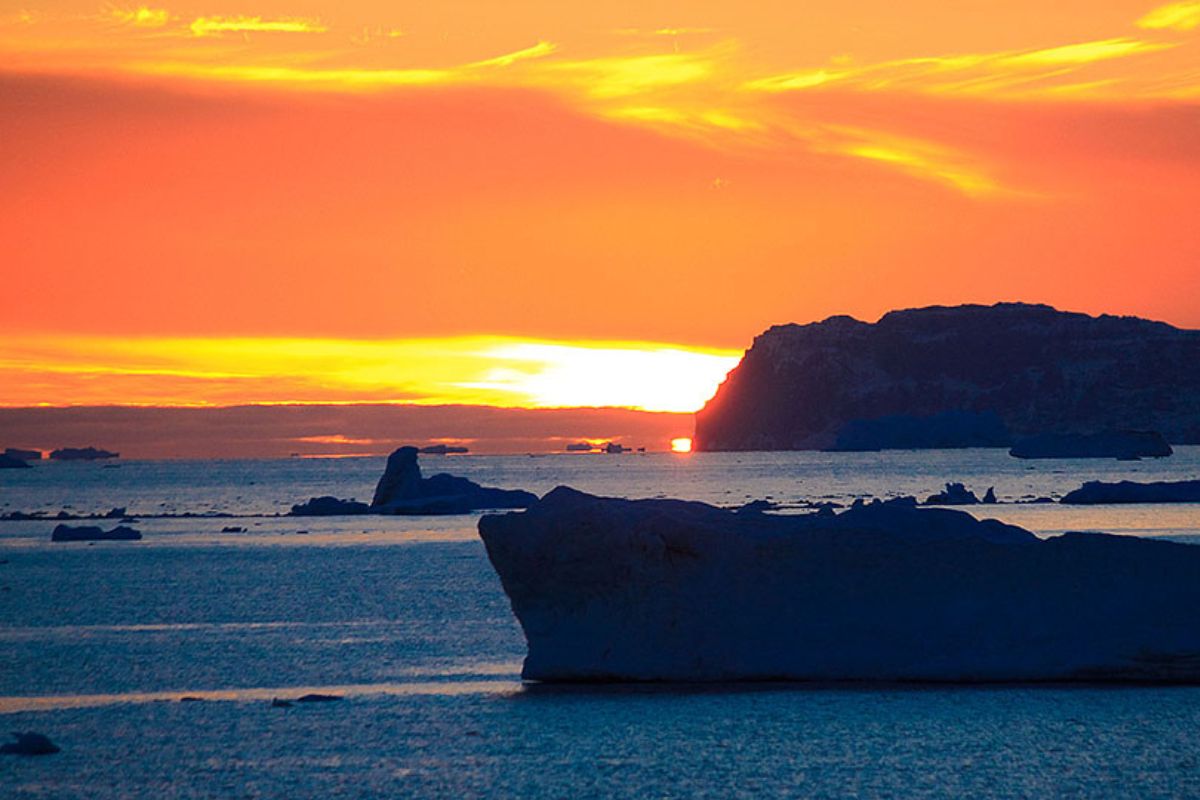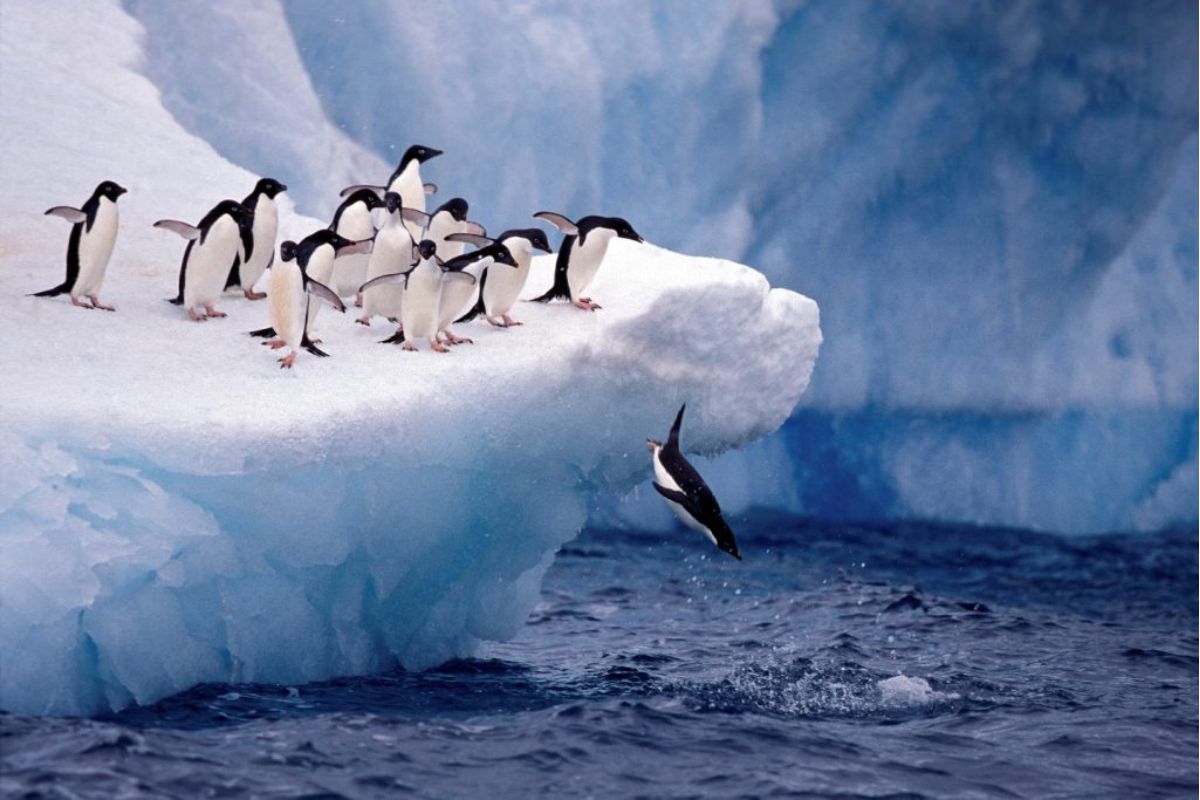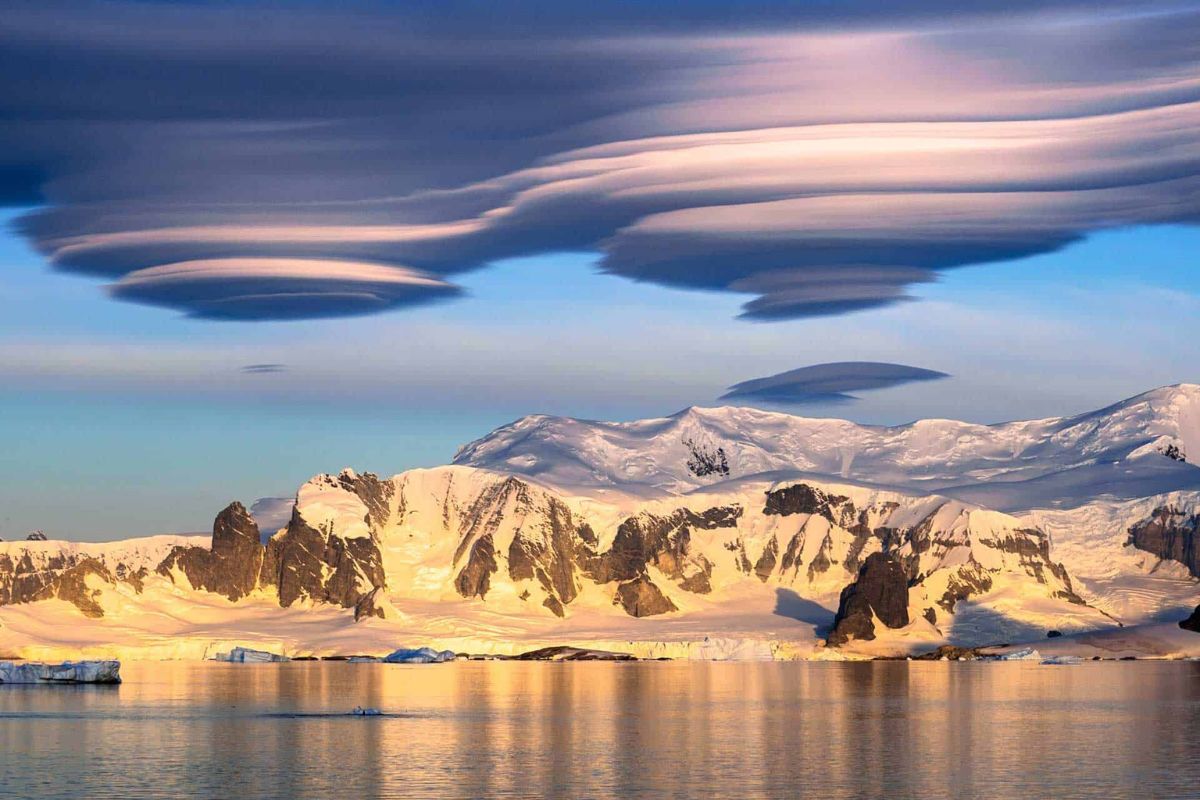Antarctica is known as one of the most difficult tourist destinations that is not suitable for everyone due to the cold weather and a lack of amenities. However, if you are passionate about exploring the mysterious landscapes, you should not miss the opportunity to experience the wonderful values that the Antarctic journey brings.

Photo: Love Hard Travel Often
It is fortunate for those who have the opportunity to experience Antarctica, where there are very few traces of population and the natural landscape is almost intact. Visiting the Antarctic ice sheet has been likened to setting foot on another planet, an uninhabited land dominated by the forces of weather and wildlife. To prepare for your Antarctic expedition, it is necessary to take note of some information to protect yourself and enjoy the refreshing feeling of the extreme cold.
Weather in Antarctica during the year
Antarctica is renowned as the continent with the “best” things: the coldest, driest, and windiest in the world; therefore, if you don’t have extremely good physical strength, you should choose more suitable destinations instead of Antarctica. Antarctica has a desert climate; there is almost never precipitation on this continent, with a relative humidity in the air of almost 0%. This place also records the frequent occurrence of high-speed winds causing snowstorms, and the annual snow accumulation reaches about 20 cm.

Photo: Komar
In the summer, when the sun shines perpendicularly at the Tropic of Capricorn, the average Antarctic temperature reaches −25 °C, and the highest temperature ever recorded here is 20.75 °C. In winter, when the sun moves down into the Northern Hemisphere, Antarctica’s climate becomes cold, with temperatures around −65 °C. In particular, Antarctica does not receive any sunlight for six months during the winter.
Must-try experiential activities in Antarctica
Watch the sunrise: If you yearn to admire this unique scenery, you must definitely go to Antarctica in the summer. The reason is that the sun does not rise above the horizon in winter; the locals have to live in complete darkness for 4 months. This happens in reverse in the summer, when the sun does not dip below the horizon.
Explore the kingdom of cold-loving animals: The Antarctic continent is the special common home of cold-weather animals such as penguins, seals, sea lions, whales, seagulls, and others. mollusks. Amidst the harsh weather, no trace of human settlement, and a rich ecological system, the sight of immersing yourself in this lively nature will certainly give you an unforgettable feeling.

Photo: Andean Trails
Participate in unique entertainment activities: When coming to Antarctica, don’t hesitate to compete in the snow marathon, snorkel to explore Antarctica, or experience it in a more romantic way by sailing. Besides, visitors can spend most of their time chatting together.
How to go to Antarctica
It is challenging to solo travel in Antarctica; instead, visitors are often encouraged to opt for a separate tour, combining many destinations to create a reasonable itinerary. A popular expedition tour to this icy land usually lasts about 15 days. Most ships going to Antarctica depart from Ushuaia, the southernmost point of Argentina, and the destination is the Antarctic Peninsula because it is not too far away and the weather conditions are at a level that tourists can adapt to.

Photo: NOMADasaurus
Essential items to prepare
Budget: This is considered an indispensable part of any tour because preparing a spending budget and a contingency budget for the whole trip will help you avoid difficult and unexpected situations. You should exchange money with appropriate denominations at each location during the journey.
Clothing: Waterproof jackets, pants, and shoes; many layers of thin thermal clothing lined inside; thick socks; gloves; the hood covers the ears.
Necessary items: Sunscreen with SPF 50 or higher; sunglasses; anti-seasickness medicine; ski goggles; binoculars; waterproof bag.
As mentioned above, the fundamental factor to which you must pay attention most in order to have a great trip is maintaining good health. It is necessary to exercise daily and have a nutritious diet to be able to hike or climb mountains and increase the ability to endure cold and other harsh conditions in Antarctica.

